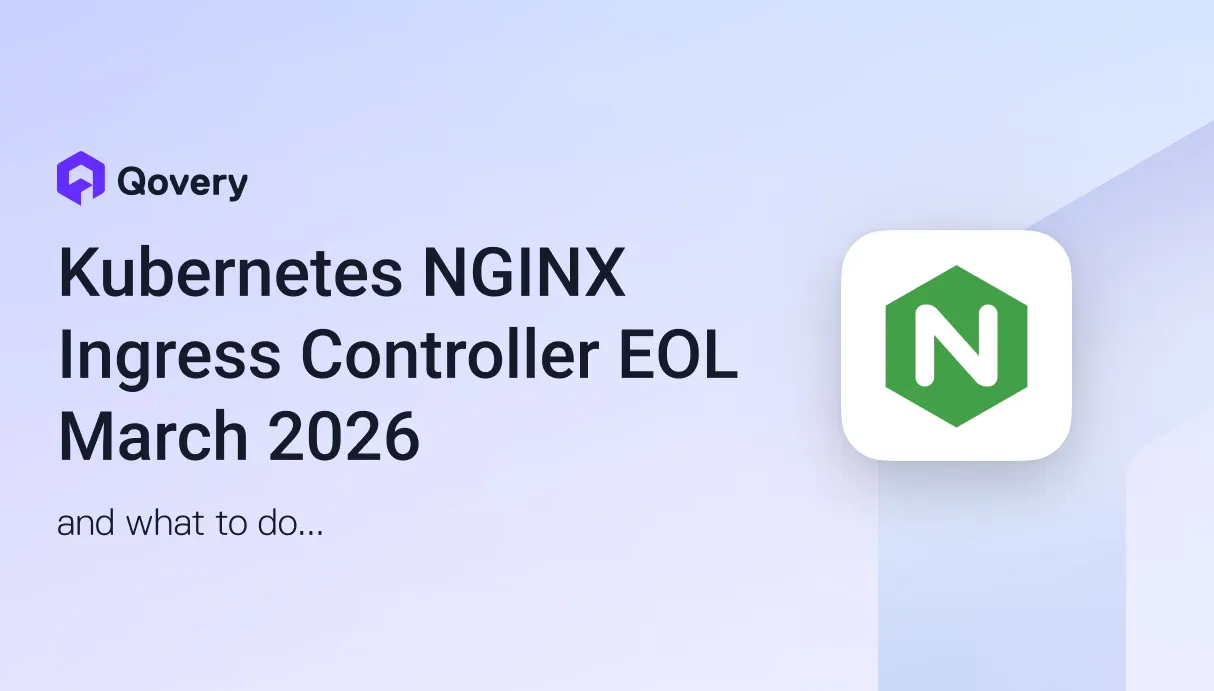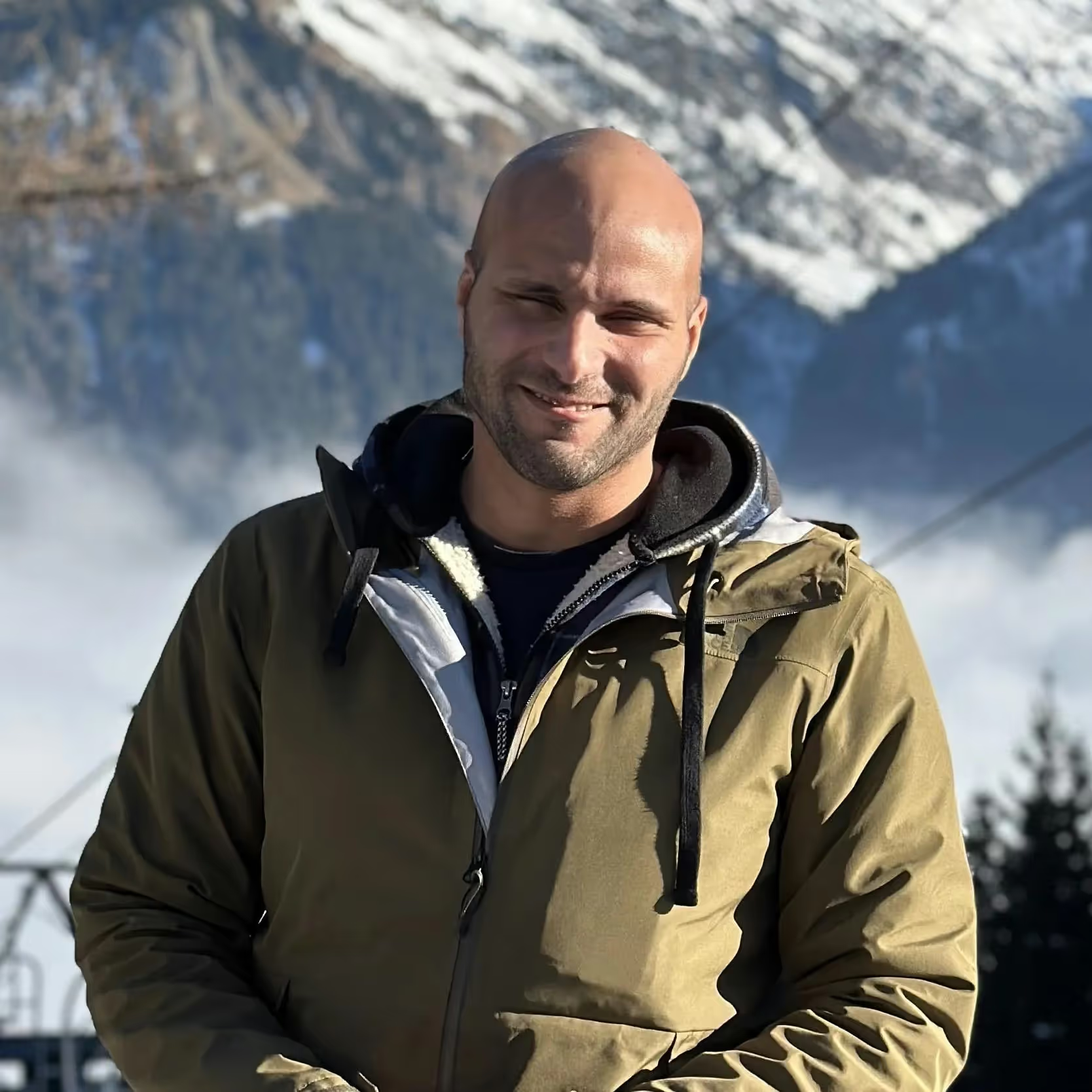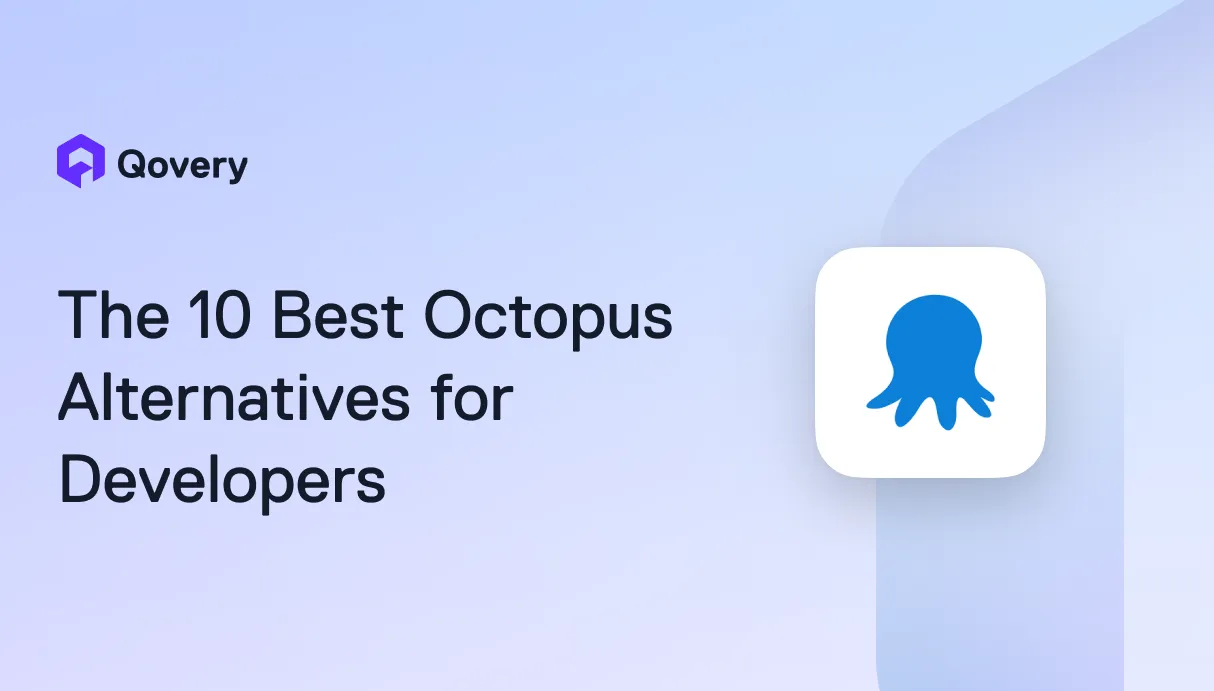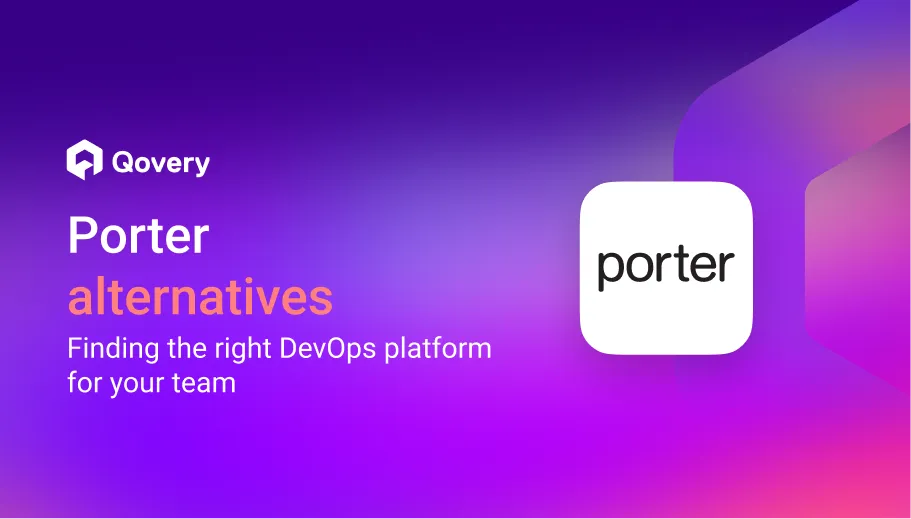
How to Build an Effective DevOps Roadmap: A CTO Guide

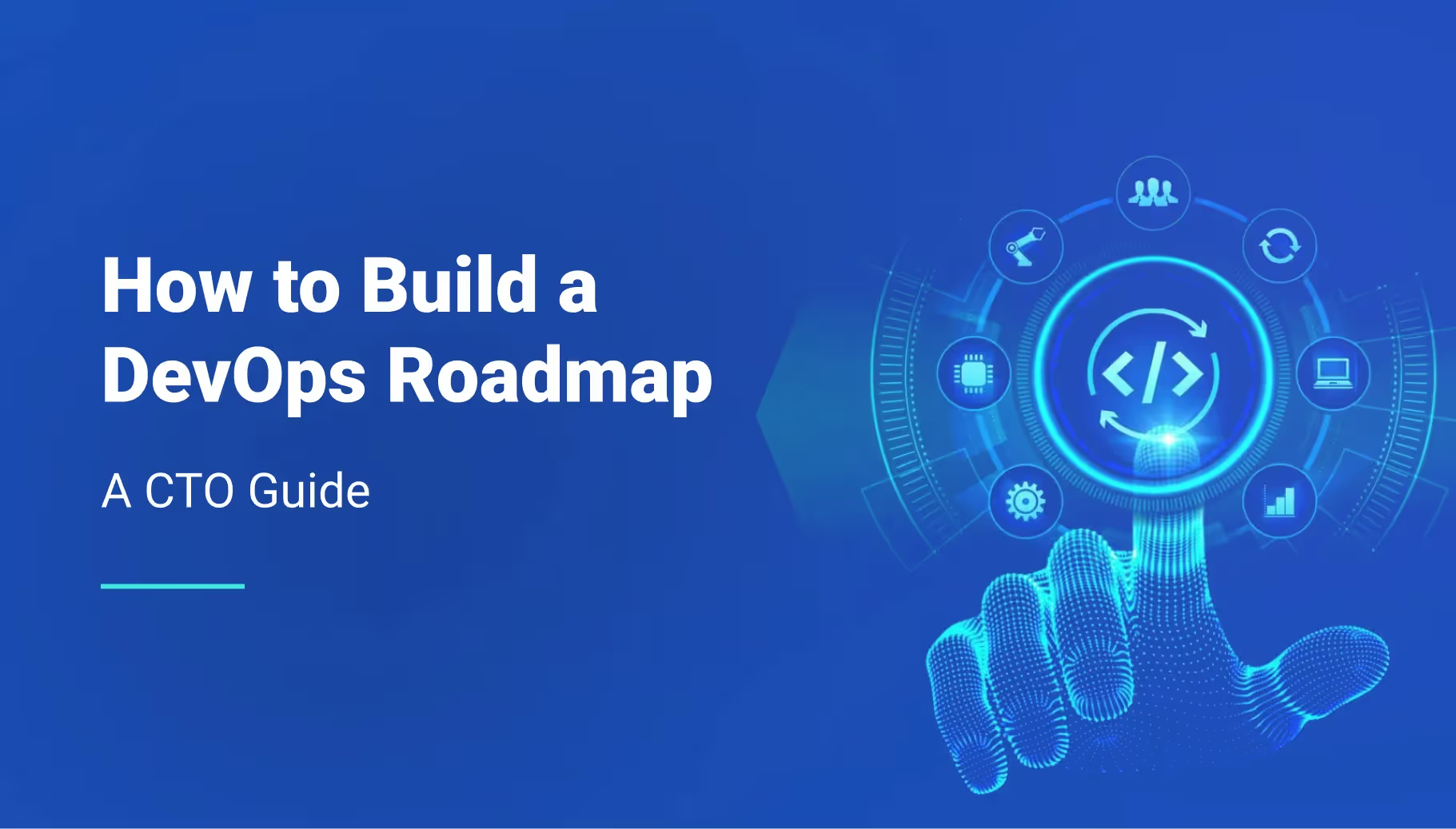

Step 1: Evaluate your tech stack
The cornerstone of your DevOps strategy begins with a comprehensive assessment of your current tech stack. This isn’t just about knowing what tools and frameworks you’re using—it’s about understanding how each component contributes to your overall objectives.
Addressing tech debt
Every tech stack carries some level of tech debt—those accumulated shortcuts and quick fixes that, while initially helpful, can bog down your team over time. By identifying and prioritizing this debt, you can plan for its reduction without halting progress on new initiatives. For instance, migrating away from outdated infrastructure or refactoring messy codebases should be part of your DevOps roadmap.
Identifying growth opportunities
Beyond cleaning up the past, your assessment should also uncover growth opportunities. Maybe your stack is over-reliant on monolithic architectures when microservices could offer better scalability. Or perhaps there’s a chance to integrate more automation tools to streamline workflows. Use this insight to align your stack with your long-term goals.
Considerations & Questions:
• Team size: Do you have the right number of developers to execute your plans?
• Costs: Are your tools scalable, both in functionality and in cost?
• Scalability: Can your tech grow with your organization?
• Support: How much time is spent troubleshooting third-party tools?
Step 2: Define a DevOps skills matrix
The effectiveness of your DevOps strategy is tightly linked to the skills of your team. A DevOps skills matrix helps you map out the abilities required at different levels, ensuring you have the right talent in place.
What is a DevOps skills matrix?
A skills matrix outlines the competencies needed for each role in your DevOps pipeline, from junior engineers to senior architects. This isn’t just a hiring tool—it’s a way to identify skill gaps within your current team and plan for professional development.
Related reading: if you’re at the stage of hiring your first DevOps engineer, check out our article on Dos and Don’ts When Hiring Your First DevOps Engineer to ensure you’re making the right choices.
Conducting a DevOps gap analysis
To make your skills matrix actionable, perform a gap analysis. This will highlight areas where additional training or new hires are necessary to meet your objectives. Focus on key metrics like:
• Lead Time for Changes: Speed of code deployment.
• Change Failure Rate: Quality of deployments.
• Deployment Frequency: Balance between speed and stability.
• Mean Time to Recovery: Efficiency in resolving issues.
Related reading: for startups looking to build a solid DevOps foundation, refer to our DevOps Checklist for Startups.
Step 3: Implement scalable infrastructure best practices
Your infrastructure should be as agile and scalable as your development processes. A flexible infrastructure allows you to handle traffic spikes, rapid growth, and unexpected challenges without missing a beat.
Automate everything
Automation isn’t just a nice-to-have—it’s a necessity. From CI/CD pipelines to infrastructure provisioning, every repeatable process should be automated. This reduces human error, speeds up development, and allows your team to focus on more strategic tasks.
Related reading: for more on essential DevOps tools, check out our article on Top 18 DevOps Tools for Startups.
Leverage horizontal scaling
Vertical scaling can only take you so far. For true flexibility, embrace horizontal scaling—distributing workloads across multiple nodes that can scale up or down based on demand. This is where tools like Kubernetes shine, enabling dynamic resource management and cost efficiency.
Monitor and optimize continuously
Real-time monitoring is essential to maintaining a scalable and resilient infrastructure. Implement tools that provide visibility into performance metrics and automate alerts to proactively address bottlenecks.
Step 4: Assess your DevOps maturity
Understanding your DevOps maturity level helps you identify where you stand and where you need to go. This assessment should cover:
• Culture: Is there a culture of collaboration and continuous learning?
• Technology: Are you leveraging the right tools for automation and scalability?
• Structure: Is your organization structured to support efficient DevOps practices?
• Collaboration: How well do your teams work together toward common goals?

Tips for startup CTOs
Starting as a CTO in a startup or a scaling company comes with its own set of challenges. Here are some quick tips to keep you on track:
• Identify key stakeholders: Know who’s invested in the success of your tech initiatives.
• Master your KPIs: Understand how success is measured and align your roadmap accordingly.
• Foster a DevOps culture: Promote open communication and collaboration across all teams.
• Prioritize quick wins: Demonstrate early success to build momentum and trust within your team.
Accelerate your DevOps roadmap with Qovery
Building and executing a DevOps roadmap can be daunting, but with the right tools, it doesn’t have to be. Qovery simplifies the entire process by automating the deployment and management of your cloud infrastructure. Whether you’re scaling horizontally, automating deployments, or optimizing performance, Qovery provides a seamless platform to execute your DevOps strategy efficiently.
With Qovery, you can:
• Faster time to market & Reduce deployment times: Get your applications up and running faster with automated infrastructure management.
• Ensure compliance and security: Qovery’s platform is built with best practices in security and compliance, so you can scale confidently.
• Focus on coding and building world-class products: Free your team from the burdens of manual infrastructure tasks and let them focus on delivering value.
Wrapping up
Building a DevOps roadmap is about more than just choosing the right tools—it’s about creating a plan that aligns your technical efforts with your business goals. By assessing your tech stack, defining a skills matrix, implementing scalable infrastructure, and understanding your DevOps maturity, you can set your organization up for success.
At Qovery, we make this journey easier. Our platform automates the deployment and management of your cloud infrastructure, letting you focus on innovation instead of operational headaches. Whether you’re just starting out or scaling up, Qovery can accelerate your DevOps success.
Ready to build your DevOps roadmap? Start with Qovery and pave the way to success.

Suggested articles
.webp)



.svg)
.svg)
.svg)


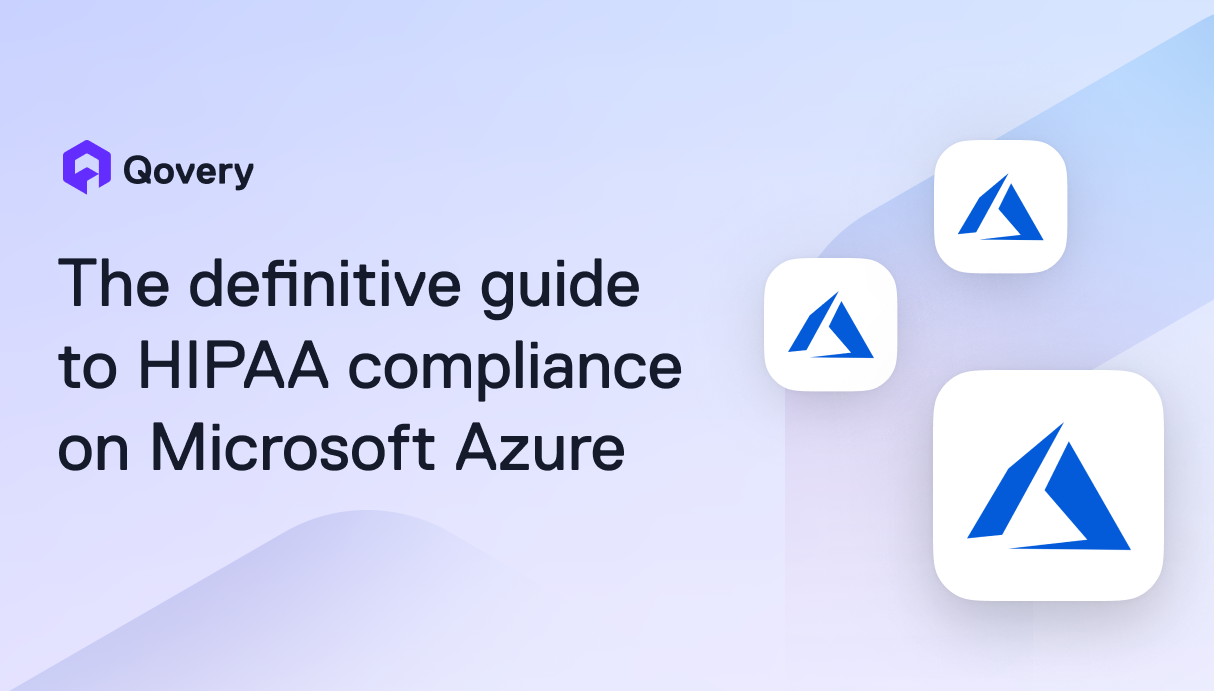

.png)
